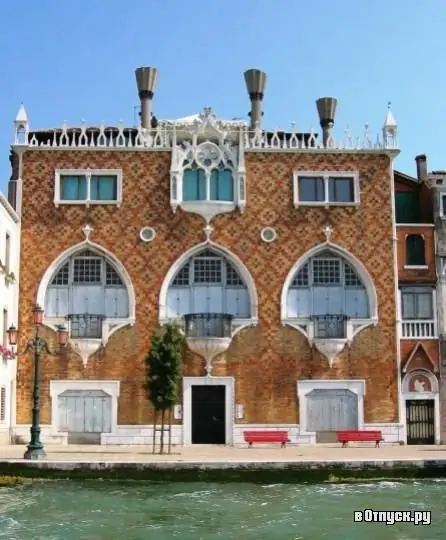
Description of the attraction
Casa dei Tre Ochi, also known as Casa di Maria, is a palace in Venice located in the Dorsoduro quarter of Giudecca. The façade of the Palazzo overlooks the Canal della Giudecca.
Casa dei Tre Ochi was built in 1912-13 by the artist from the Emilia-Romagna region, Mario De Maria, who turned this building into his Venetian retreat. After the death of De Maria, many people associated with the world of art stayed and lived in this palace, for example, the modern high-tech architect Renzo Piano. In 1970, director Enrico Maria Salerno filmed several scenes of his film The Stranger of Venice next to Casa dei Tre Ochi. Today the building is owned by an association that organizes cultural events dedicated to 20th century art. In the palace itself, the original furniture from the beginning of the last century has been preserved, as well as numerous photographs and art materials related to the life of De Maria and the history of Casa dei Tre Ochi.
An example of neo-Gothic architecture from the early 20th century, Casa dei Tre Ochi is a fusion of several architectural trends - from a traditional Venetian warehouse house to an avant-garde building. The building consists of three floors, but the so-called "drunken nobile" deserves special attention - a floor with three huge lancet Venetian windows "eyes" overlooking the Canal della Giudecca and Bacino di San Marco. In the center of the second floor one can see another Venetian window - biforium - framed with neo-Gothic decorations.






